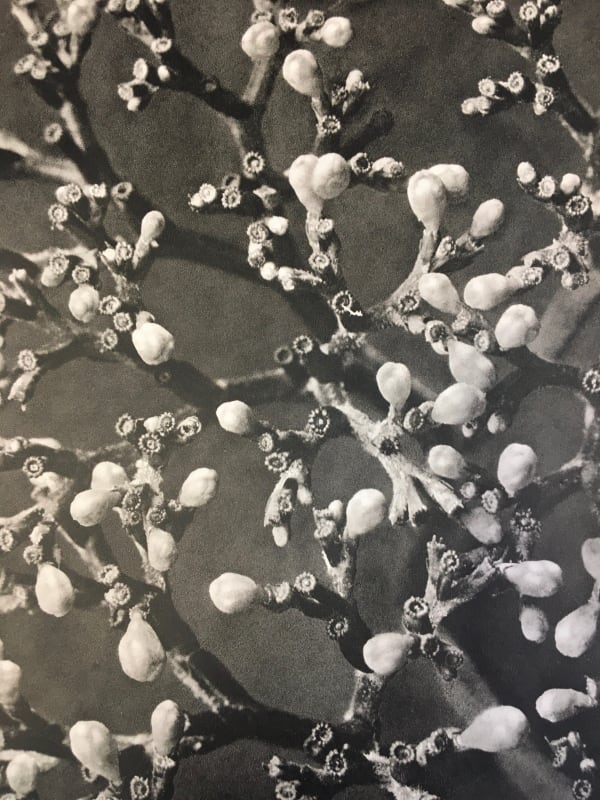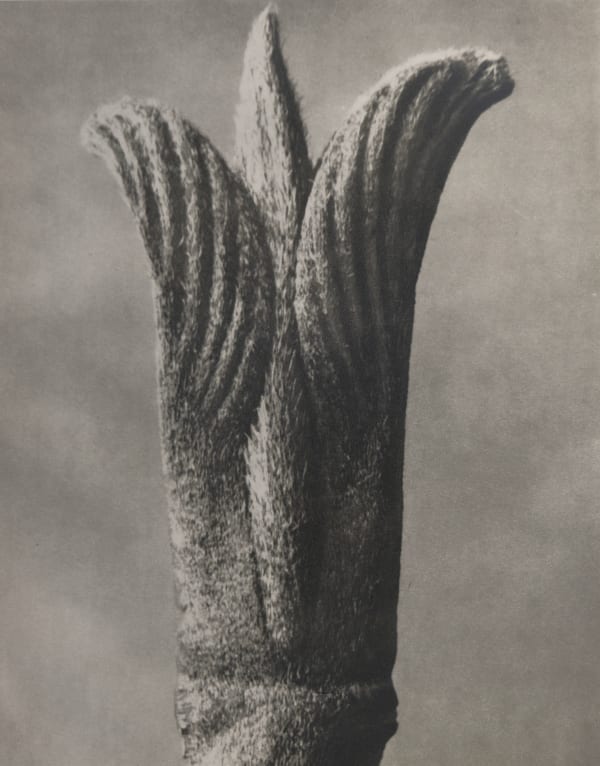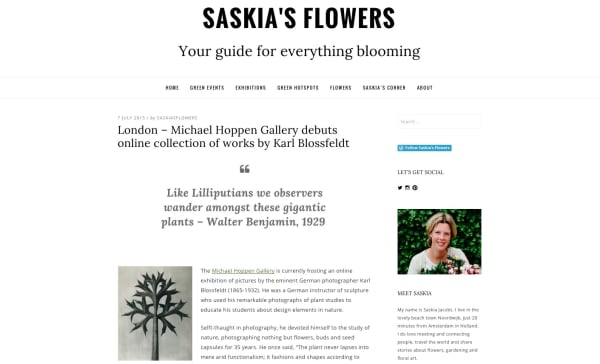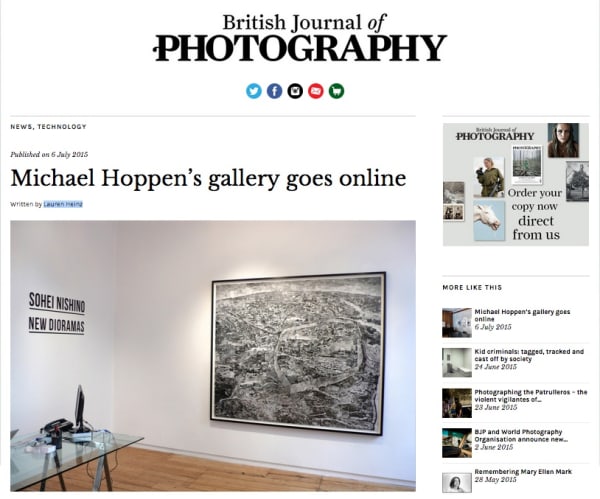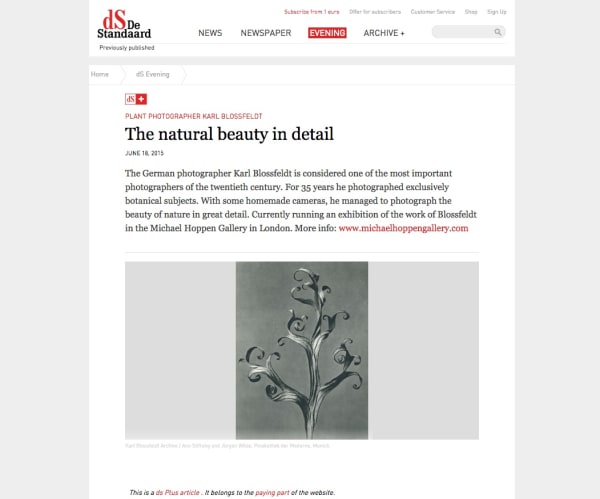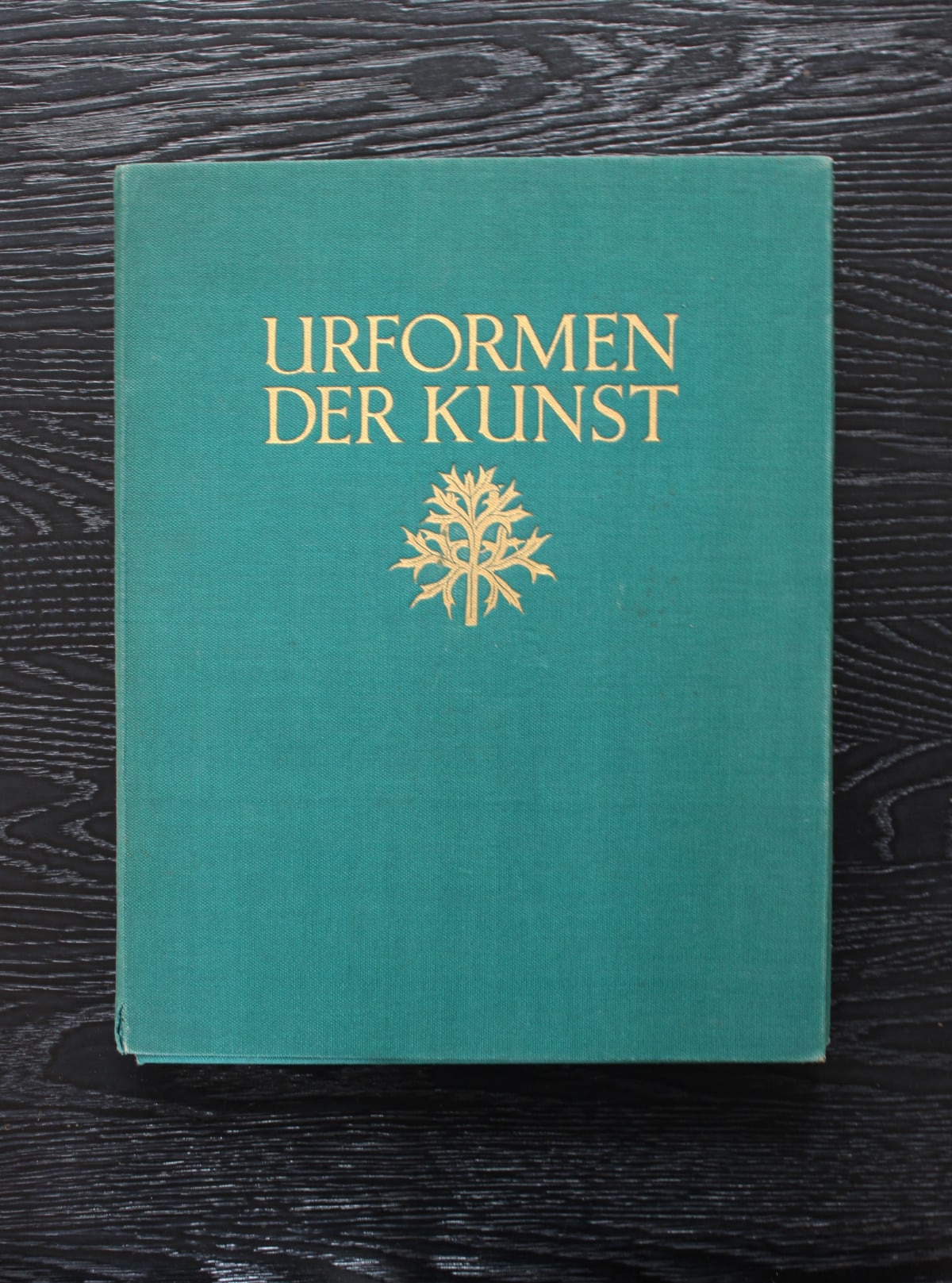Works
-
 From Wunder In Der Natur, 1932
From Wunder In Der Natur, 1932 -
 From Wunder In Der Natur, 1932
From Wunder In Der Natur, 1932 -
 From Wunder In Der Natur, 1932
From Wunder In Der Natur, 1932 -
 From Wunder In Der Natur, 1932
From Wunder In Der Natur, 1932 -
 From Wunder In Der Natur, 1932
From Wunder In Der Natur, 1932 -
 From Wunder In Der Natur, 1932
From Wunder In Der Natur, 1932 -
 From Wunder In Der Natur, 1932
From Wunder In Der Natur, 1932 -
 From Wunder In Der Natur, 1932
From Wunder In Der Natur, 1932 -

-
 From Wunder In Der Natur, 1932
From Wunder In Der Natur, 1932 -
 Equisetum hyemale, Rough horsetail, Urformen der Kunst, 1928
Equisetum hyemale, Rough horsetail, Urformen der Kunst, 1928 -
 Acer (Maple tree) , Urformen der kunst, 1928
Acer (Maple tree) , Urformen der kunst, 1928 -

-

-
 Equisetum hiemale
Equisetum hiemale -
 From Wunder In Der Natur, 1932
From Wunder In Der Natur, 1932 -
 From Wunder In Der Natur, 1932
From Wunder In Der Natur, 1932 -
 Salvia pratensis and Symphitum officinale
Salvia pratensis and Symphitum officinale -
 Uniola latifolia (Spikelet) , Wundergarten der Natur, 1932
Uniola latifolia (Spikelet) , Wundergarten der Natur, 1932
Biography
Strikingly modern and inherently beautiful, Karl Blossfeldt's photographs of plants, flowers and seed heads are as appealing today, as they were when they were first introduced to the public in his two landmark books Urformen der Kunst (Archetypal Forms of Art), 1929 and Wundergarten der Natur (The Wondergarden of Nature), 1932.
From 1898-1932, Blossfeldt taught sculpture, based on natural plant forms, at the Royal School of the Museum of Decorative Arts (now the Hochschule für Bildende Künste) in Berlin. In his lifetime, Blossfeldt's work gained praise and support from critics such as Walter Benjamin, artists of the Neue Sachlichkeit (New Realism) and even the Paris Surrealists. The words of Walter Benjamin repositioned the artist in modern art and photography and prior to publishing his photographic book in 1926, Blossfeldt was sent an invitation to exhibit his work at the Karl Nierendorf's gallery.
The use of botanical specimens as photographic subject matter became popular in the early and mid-nineteenth century at the inception of the photographic medium, as is evident in the calotypes of Henry Fox-Talbot and the cyanotype studies of Anna Atkins. The further use of these photographic subjects as models for translation into other art mediums was practiced by Blossfeldt as well as others before him, such as the photographer/draftsman Adolphe Braun, who translated floral arrangements into award-winning textile designs.
The use of botanical specimens as photographic subject matter became popular in the early and mid-nineteenth century at the inception of the photographic medium, as is evident in the calotypes of Henry Fox-Talbot and the cyanotype studies of Anna Atkins. The further use of these photographic subjects as models for translation into other art mediums was practiced by Blossfeldt as well as others before him, such as the photographer/draftsman Adolphe Braun, who translated floral arrangements into award-winning textile designs.
IF I GIVE SOMEONE A HORSETAIL HE WILL HAVE NO DIFFICULTY MAKING A PHOTOGRAPHIC ENLARGEMENT OF IT. ANYONE CAN DO THAT. BUT TO OBSERVE IT, TO NOTICE AND DISCOVER OLD FORMS, IS SOMETHING ONLY FEW ARE CAPABLE OF.
- Karl Blossfeldt
What made Blossfeldt's work unique was his extreme technical mastery of photography. He specialised in macro photography, in order to enlarge his plant specimens and even designed a camera for this purpose. As a result, everyday garden flowers are presented in such a way that their rhythmic forms are emphasised to the extreme and the plants take on new and exotic characteristics. Blossfeldt wanted his work to act as a teaching aid and inspiration for architects, sculptors and artists. It was his firm belief that only through the close study of the intrinsic beauty present in natural forms, would contemporary art find its true direction.
Exhibitions
News
-

Summer Newsletter '19
A look ahead at Michael Hoppen Gallery's programme Aug 30th, 2019Michael Hoppen Gallery newsletter. Exhibitions and artist news from 2019.Read more -

KARL BLOSSFELDT ONLINE SHOW
NEW GRAVURES ADDED!! August 21, 2015New additions to the Karl Blossfeldt online show. 1st edition photogravures available to buy through our website.Read more
Press
-

London – Michael Hoppen Gallery debuts online collection of works by Karl Blossfeldt
Saskia's Flowers, July 7, 2015 -

Michael Hoppen's gallery goes online
Lauren Heinz, The BJP, July 6, 2015 -

Forms of nature
Bristol Museum Exhibition, July 4, 2015 -

KARL BLOSSFELDT – ART FORMS IN NATURE
Southbank Centre, July 4, 2015 -

Karl Blossfeldt: Online Exhibition
Media Space, science museum, July 3, 2015 -

Wonders of nature: a collection of works by Karl Blossfeldt
Ali Morris, Wallpaper*, June 24, 2015 -

Karl Blossfeldt: The natural beauty in detail
De Standaard, Online, June 18, 2015 -

Karl Blossfeldt at the Whitechapel Gallery
Sarah James, Aperture, May 31, 2013 -

Karl Blossfeldt: Flowers
Tish Wrigley, AnOther, April 18, 2013
Publications
Enquire


